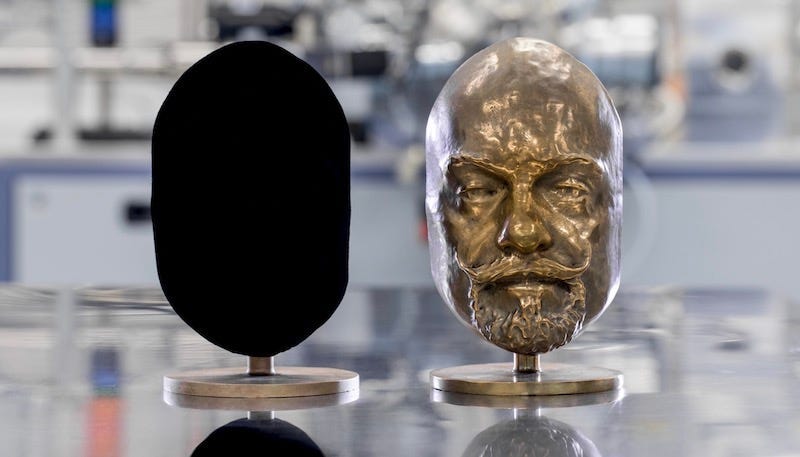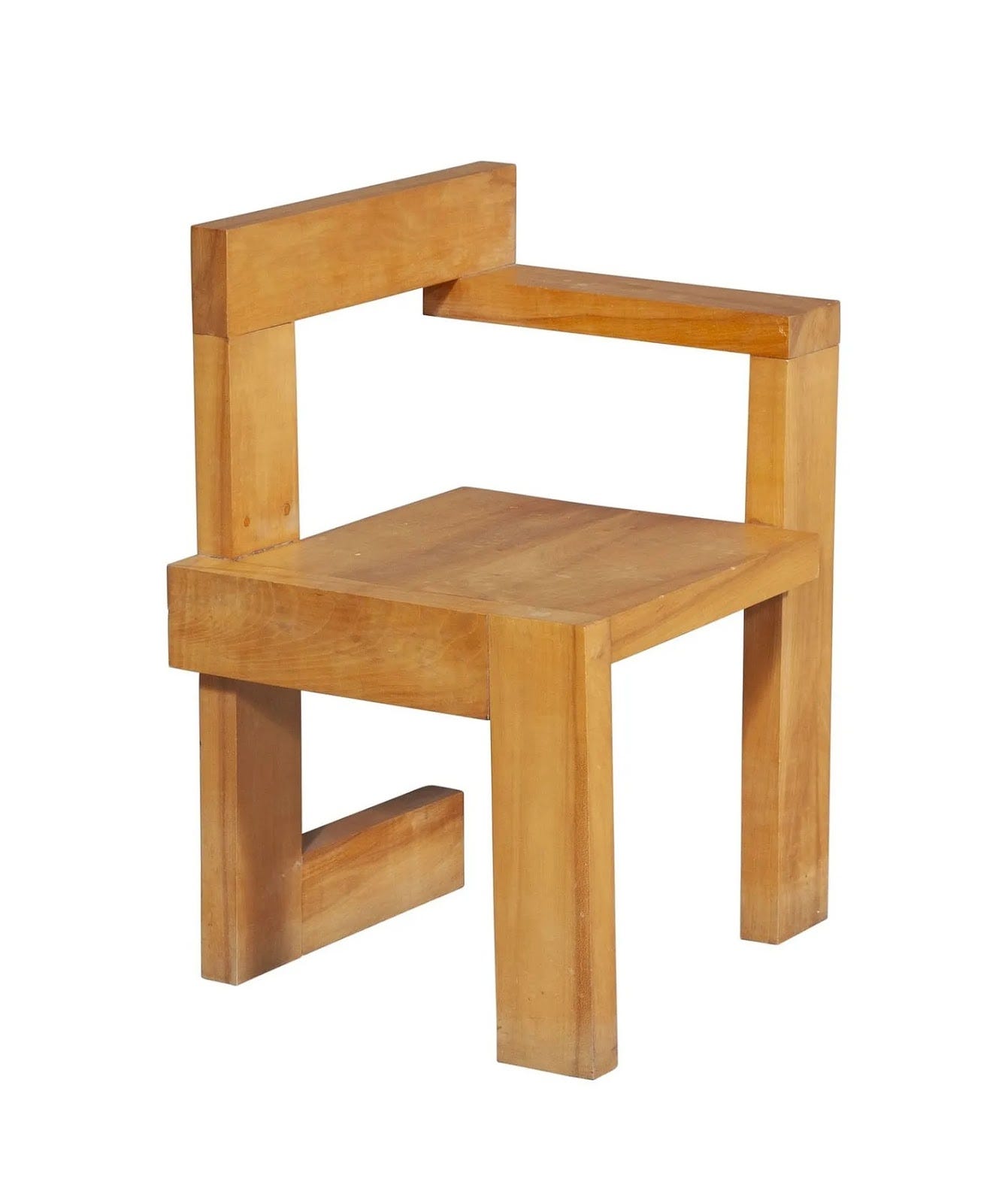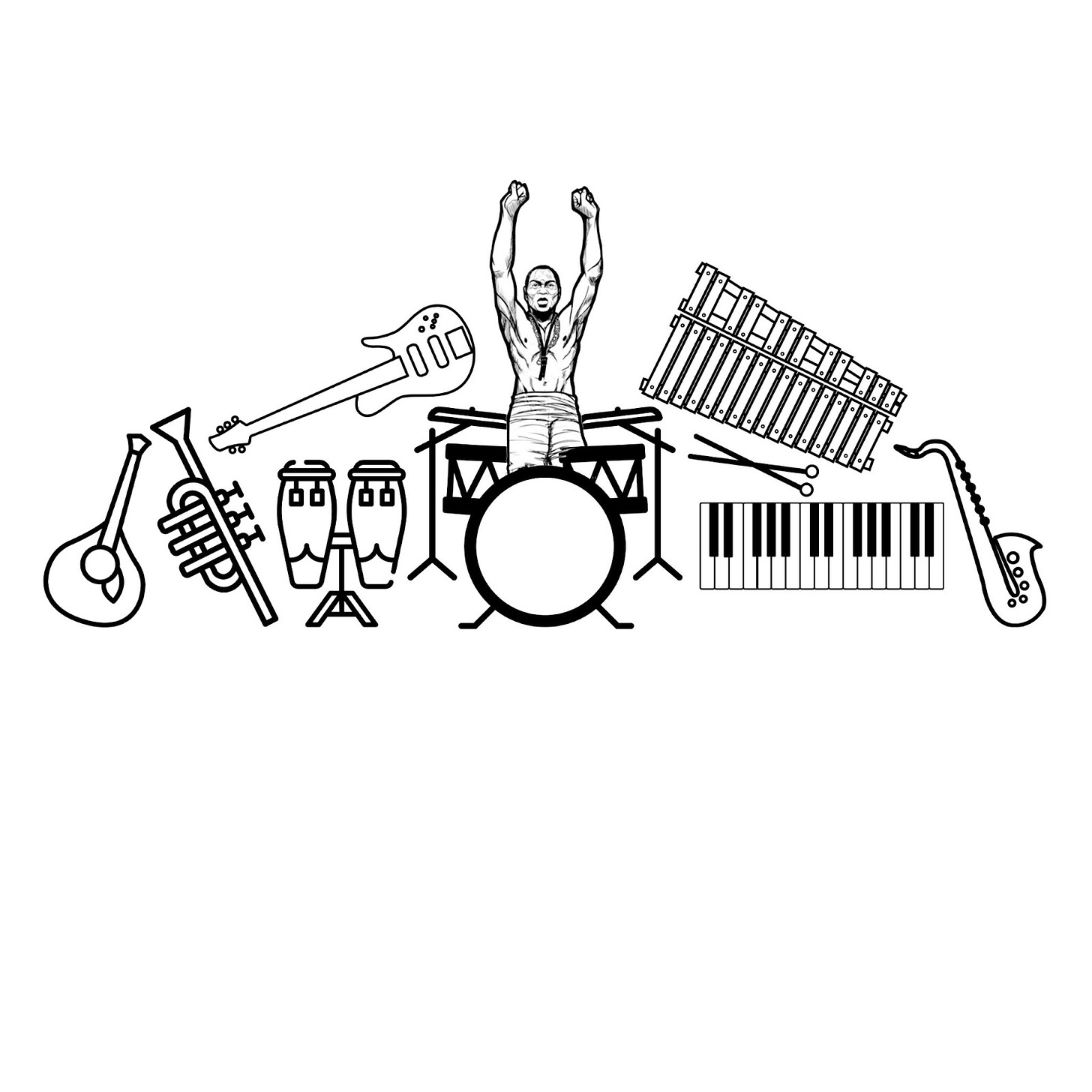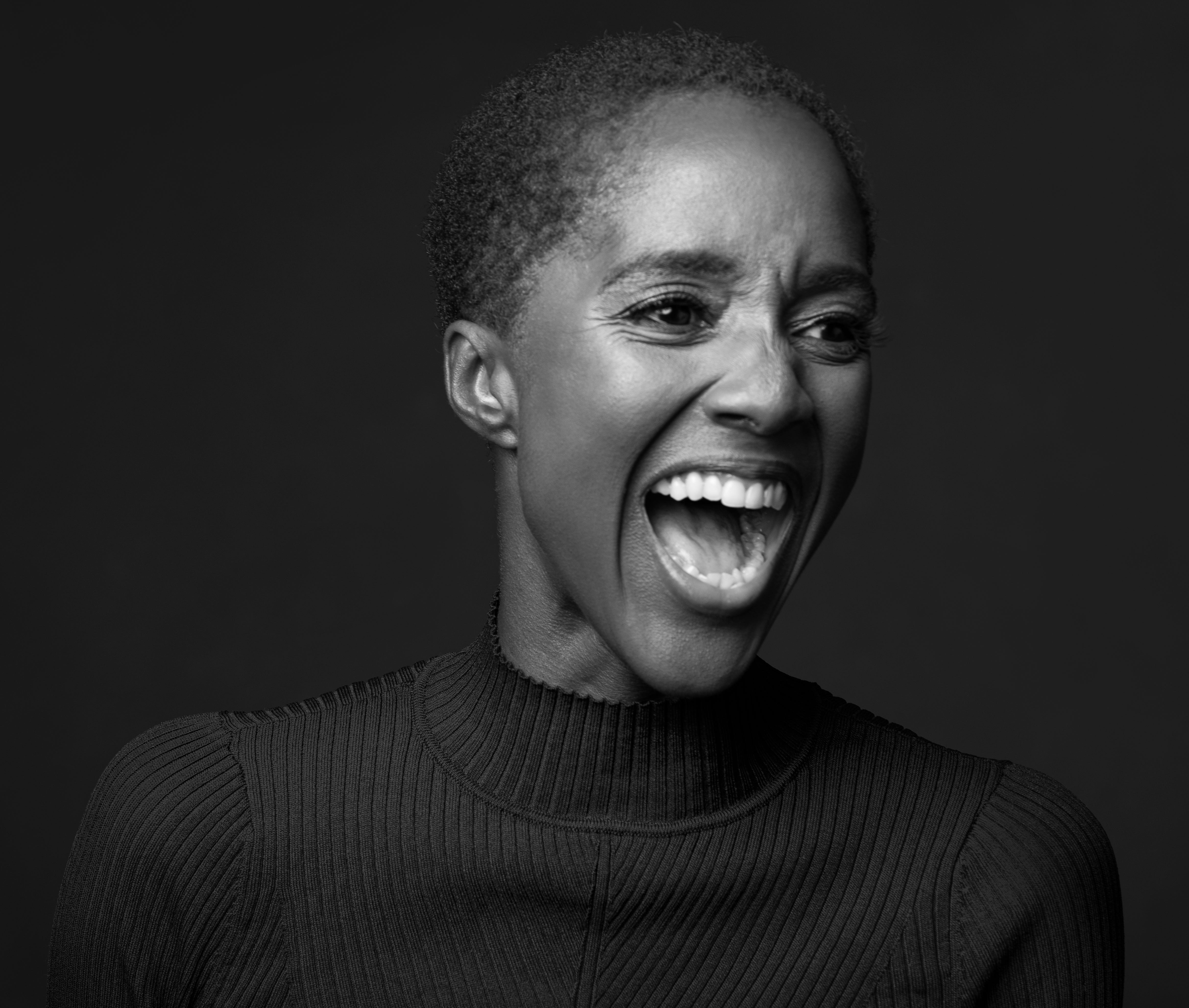Hello and welcome to another edition of Substack Reads! New-to-Substack writer Matt Johnson starts a three-part series on global politics, Maia Mindel looks at the history of copyrighting color, and Sam Atiss considers the science of placebos. There’s something here for everyone—we hope you enjoy it!
Looking for more great reads? The Substack app puts the best stories, ideas, and culture right at your fingertips. Discover and discuss great writing with the world’s most interesting readers.
ECONOMICS
Art of darkness
Should you be able to own a color? Maia Mindel delves into the history, law, and economics of copyrighting colors
—
in
The concept of a pigment that could only be used by one person was very controversial, much to the chagrin of SNS—they struck numerous deals with various private companies for the exclusive rights to Vantablack. This isn’t unusual in the world of art, however: artist Yves Klein owned his own (gorgeous) shade of blue, while fashion designer Elsa Schiaparelli made her use of shocking pink a trademark for her fashion house.
As a whole, trademark colors have a long history: Owens Corning trademarked its pink fiberglass insulation after a five-year court battle in 1985, followed by Qualitex green-gold dry cleaning pads in 1995, which then opened the floodgates: Tiffany blue, UPS “Pullman brown,” Barbie pink, T-Mobile’s magenta, etc. Christian Louboutin has exclusive rights to red soles on shoes, Fiskars owns orange scissor handles, and whatever the hell The Wiffle Ball, Inc. is has a trademark on yellow for use in bats. Two universities, the University of Texas at Austin and the University of North Carolina, have trademarks on specific shades of red and blue, respectively. There’s a few silly ones too: Cadbury lost its lawsuit to trademark the color purple on candy, while John Deere lost and then won protections over its use of green and yellow on farm equipment; Prince’s estate has a pending lawsuit to exclusively own the use of the color purple in any live music events.
DESIGN
A chair deal
GQ writer Sami Reiss trawls a cornucopia of deals and live auctions so you don’t have to, bringing the best of furniture design to as many readers as possible
—
inRietveld Steltman chair, NYC, ends Wed.: One of the best examples of late style ever, one of the best pieces of design, and in the short list of top 10 chairs ever made… yes. This one’s produced by Gerrit Rietveld (who on some days is the best to ever do it) at age 75, way into old age, for Steltman, a jewelry shop in The Hague (insane name for a city). It was his last chair. His others were ahead of their time; this one is apart from it… and apart from everything else. Famously different from every angle, it’s also very palatable; it is not so much difficult, or challenging… it’s just very full… and different. There’s a similarity to his earlier work, of course… but why compare? It’s more… very distilled, and optimistic and different. That’s late style for sure (and the Raw Deal demo also). One wonders why furniture lags behind architecture here—the story here is architects only get good when in their 80s—hard to say. Maybe it’s like film directing, where one day someone doesn’t pay for you to make your next chair. I wouldn’t know. Up and down price history, one pair sold for $400 recently; others go for more. This one is asking for more than that, but it has a richer and more exciting grain. Part of an otherwise disappointing auction but for a Stork Club ashtray and this virgin wood ladder. $850
SCIENCE
All placebos are not created equal
Writer and researcher Sam Atis looks into recent developments in placebos and how well they actually work
—
inHave you ever heard of a Perkins Tractor? If you lived in London in the 18th century, you could buy a pair of Perkins Tractors (shown above) for the steep price of five guineas and wave them over an aching part of your body for about twenty minutes as a way of relieving your pain. They worked, sort of. People who bought and used Perkins Tractors really did report feeling that their pain had gone away, even though there was no physiological reason they should work. John Haygarth, a British doctor, was intrigued. He organised a trial at a British hospital with several patients who were treated with fake Perkins Tractors—instead of being made of the expensive metal alloys, they were made with cheap wood. They worked just as well as the Perkins Tractors that were selling in London street stalls for five guineas, and thus the placebo effect was demonstrated for the first time—“Such is the wonderful force of imagination!” remarked Haygarth.
Wooden rods aren’t often used as placebos these days; you’re much more likely to receive some kind of oral placebo (like sugar pills), a topical placebo (such as a cream containing no active ingredients), or an intra-articular placebo (injected directly into the joints). However, this presents a tricky dilemma—what do we do about the fact that different types of placebo can have different effect sizes? Here’s one study that’s interesting—researchers from Tufts Medical Center looked into how patients with osteoarthritis react differently depending on which type of placebo they receive.
The artifacts of a life
In December 2000, Maddie Burton moved into her mother’s new townhouse to find it full of a dead person’s possessions
—
in , recommended byMy mom’s second battle with cancer gave me whiplash: diagnosed last autumn, in hospice by New Year’s, gone by Valentine’s Day. Our family went from cheerleaders for trying immunotherapy to managing her end-of-life care with nauseating speed.
Others reassured me that clearing her house could be relatively simple, if not easy. Step one: walk through each room and identify what to keep. Step two: hire someone to take the rest away, presumably to the landfill.
But I felt attached to everything, even the perishable goods: the wilting bouquets she’d bought the previous week, the leftovers in the fridge we’d just shared. I wanted to preserve each petal. I resented that everything had an expiration date.
So I took a different path forward.
GLOBAL POLITICS
The unavoidable byproducts of globalization
Journalist and author Matt Johnson reviews 75 years of global convergence
—
inI was born a few months before the fall of the Berlin Wall. Francis Fukuyama had just published “The End of History?” in The National Interest. The Soviet Union would officially dissolve within two and a half years. A powerful sense of optimism about the possibilities of a post-Cold War world would soon sweep through many democratic capitals—and the capitals of several democracies-to-be.
Intelligence agencies and Sovietologists puzzled over how quickly and completely the USSR collapsed. In 1991, former CIA director Stansfield Turner admitted that it would be a mistake to “gloss over the enormity of this failure to forecast the magnitude of the Soviet crisis.” A relatively peaceful end to the Cold War was far from inevitable, as the Soviet Union controlled the largest authoritarian security apparatus and nuclear stockpile on earth. But Mikhail Gorbachev’s reforms and the demand for sovereignty from newly empowered parliaments across Eastern Europe—which were already running de facto independent states—made this outcome inevitable.
MUSIC
The cyclical nature of Afrobeat
Afro-bop musician Idris Lawal explores the birth of Afrobeat by Fela Kuti in 1970s Nigeria
—
inInitially heavily influenced by African rhythms, the style would evolve in the 19th century to incorporate elements of jazz, R&B, and other popular music styles. Calypso continues to be an important part of Caribbean culture today.
Its early rise was closely connected with the adoption of Carnival, especially after the abolition of slavery in 1834. Calypso competitions at Carnival grew in fame, and so did the music.
The first identifiably calypso genre song was recorded in 1912, but due to the constraints of the wartime economy, no recordings of note were produced until the late 1920s and early 1930s, which is known as the “golden era” of calypso.
TECHNOLOGY
AI stole my work and didn’t pay me for it
One morning, Seth Haines found out his sobriety memoir, Coming Clean, had been used without permission by major media corporations to train generative AI
—
in , recommended byConsider my case, a case in which Meta, Bloomberg, and others arguably infringed on my copyright in order to feed their AI beast. Now assume a court were to award me and the authors of the other 183,000 infringed works the maximum amount of damages allowable for each act of copyright infringement. What would the award be? I can’t say for certain, but I estimate it to be somewhere in the neighborhood of $27 billion.
That’s a truckload of money, right?
Now ask yourself this: What is the potential size of the AI industry? Some analysts claim it’s a $207.9 billion industry today. By 2030, it could be as large as $1.87 trillion. What about in ten years? Twenty? Who knows what the size of the industry will be two decades from now, but here’s what’s certain: The winner of the AI arms race stands to take the biggest piece of the pie.
Now run the math. If ethics were no issue, if your greed were unrestrained, would you pay $27 billion in legal liabilities to be the leader in a $1.87 trillion industry?
ILLUSTRATION
Science told me to go outside
It also said I should speak to strangers more…
—
inI read a lot of books and listen to podcasts that are all scientifically heavily researched, but many of them can be viewed as ways to improve your life. It’s a science-y self-improvement.
The thing is, when you take a step back, it’s a bit bizarre that we even need telling, or evidence for, the things that we could do to improve our lives. Sleeping, napping, dancing, singing, community, movement, time with friends, rest, more vegetables and home-cooked food, laughing, new experiences—you could easily follow all of these with “well DUH”.
Recently launched
Coming soon
Congratulations to the following writers celebrating publication.
announce their forthcoming book, Make It Make Sense: celebrates publication day for her new book, Organized Living: shares his debut picture book, A Story No One Has Ever Heard Before: ’s new book, Extremely Online, is getting rave reviews:Substackers in the press
Modern intellectuals share why they are choosing to publish on Substack this week in The Times Higher Education, including
, , and . Read the full article here., , , and more feature in Passerby Magazine’s starter pack to Substack.What’s happening in feed
Bloggers and creators introduced themselves and got together in our Shoutout Thread:
Inspired by the writers featured in Substack Reads? Writing on your own Substack is just a few clicks away:
Substack Reads is a weekly roundup of writing, ideas, art, and audio from the world of Substack. Posts are recommended by staff and readers, and curated and edited from Substack’s U.K. outpost by Hannah Ray.
Got a Substack post to recommend? Tell us about it in the comments.




























Enjoyed this roundup and delighted to see the thoughtful and poignant writing of @maddieburton featured here. Wonderful, Maddie!
Thanks for highlighting my work.